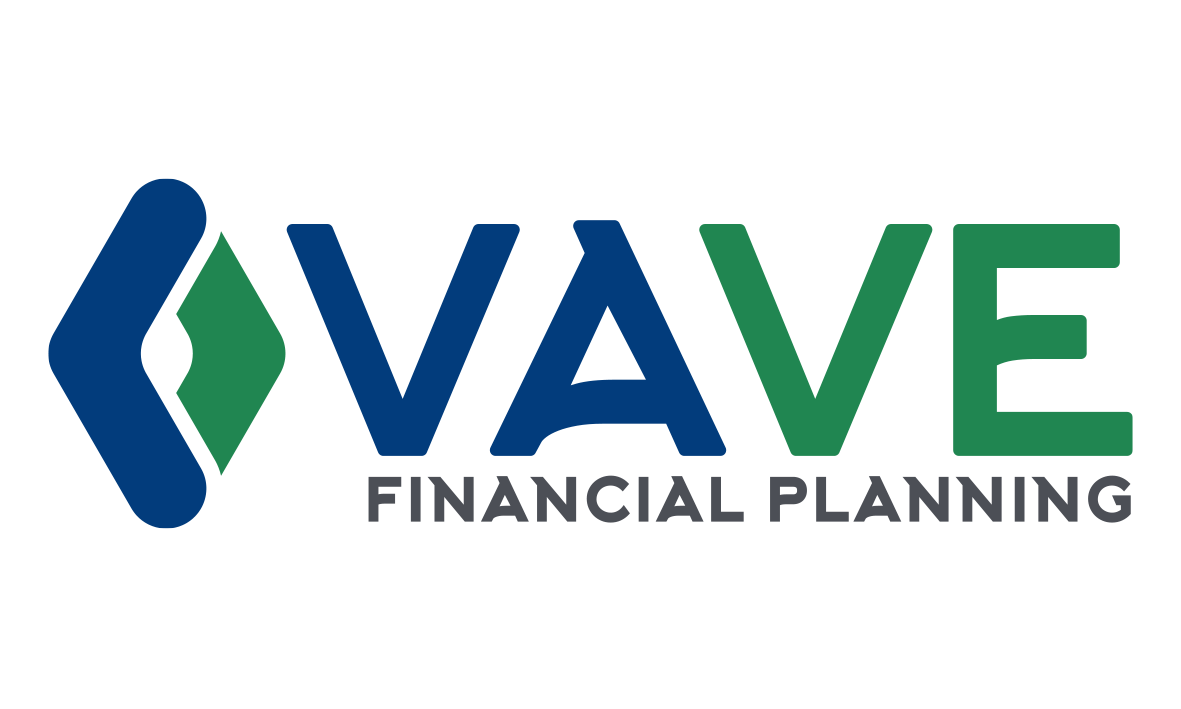In this Globe and Mail article from May 2025, I was interviewed about how finances are not always linear and life changes: such as starting a business, buying a home, or having children can be planned for through detailed Scenario planning. Read the article here
Globe and Mail: Frustrated homebuyers, renting is not a ‘financial coffin’
I was interviewed by Rob Carrick in the Globe and Mail article: Frustrated homebuyers, renting is not a ‘financial coffin’
Read the article here
Morningstar: Is a Side Hustle Worth it?
Morningstar: Ask an Expert: RRSPs and Young Investors
Globe and Mail: How advisors can help rein in temptation to splurge with pandemic savings
I was interviewed for this articles in the Globe and Mail: How advisors can help rein in temptation to splurge with pandemic savings. Read the article here:
https://www.theglobeandmail.com/investing/globe-advisor/advisor-news/article-how-to-budget-for-that-long-awaited-summer-vacation
Moneysense: Can young people afford to live in the city anymore?
I was quoted in this Moneysense article: Can young people afford to live in the city anymore?
Read here
https://www.moneysense.ca/spend/real-estate/renting/can-young-people-afford-to-live-in-the-city/
Moneysense: The real cost of going back to the office
I was interviewed by Moneysense: The real cost of going back to the office. Read here
https://www.moneysense.ca/save/budgeting/the-real-cost-of-going-back-to-the-office/
Globe and Mail: How to budget for that long-awaited summer vacation
I was interviewed in this Globe and Mail article: How to budget for that long-awaited summer vacation. Read here
https://www.theglobeandmail.com/investing/globe-advisor/advisor-news/article-how-to-budget-for-that-long-awaited-summer-vacation
Moneysense: 6 things to consider before borrowing from the Bank of Mom and Dad for your first home
What happens if you die without a Will?
Death. Not the most uplifting topic but one that should be considered in any financial plan. Whether it be due to inertia, or maybe not understanding the importance of having a Will, the majority of Canadians, don’t have one. Below I discuss some of the risks of not having a Will and how it can impact your loved ones:
Why use a Fee-for-Service Financial Planner?
What is an Advice-Only Financial Planner?
What happens if you die without a Will?
Death. Not the most uplifting topic but one that should be considered in any financial plan. Whether it be due to inertia, or maybe not understanding the importance of having a Will, the majority of Canadians, don’t have one. Below I discuss some of the risks of not having a Will and how it can impact your loved ones:
Why Advice-Only Financial Planning?
How to build an Index Portfolio
Investing in the index is when you seek to replicate and hold a broad market index such as the S&P 500 or the S&P/TSX Composite Index. These indexes are a collection of stocks/companies. For example, the S&P 500 holds the 500 large-cap U.S. companies in proportion to their size (market cap). In index investing, you are looking to match the returns of the broad market rather than trying to beat the market.
What does passive investing mean?
Passive investing refers to the method of buying and holding investments over the long term. In addition to minimizing costs due to frequent trading, the overall effort to manage the portfolio is low, thus the term ‘passive investing’. The most common form of passive investing is investing in the stock market indexes, or ‘index investing’.
Income Splitting Strategies
In Canada, married couples have the opportunity to use income splitting strategies. The idea is to minimize taxes your family pays by moving income from one spouse (who is at a higher tax rate) to the other spouse (who is at a lower rate).These audit-friendly strategies can help you avoid paying unnecessary taxes!
What happens if you die without a Will?
Death. Not the most uplifting topic but one that should be considered in any financial plan. Whether it be due to inertia, or maybe not understanding the importance of having a Will, the majority of Canadians, don’t have one. Below I discuss some of the risks of not having a Will and how it can impact your loved ones:















